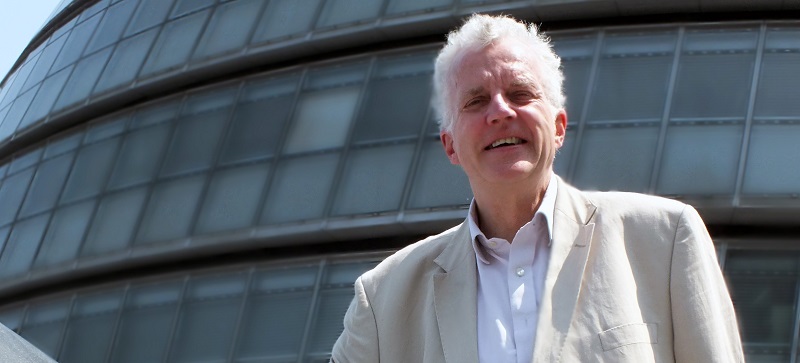Watching the A380 glide down onto Heathrow’s runway for the first time, the fellow hack standing next to me could not resist blurting out: ‘Be quite a bang if one of these big mothers’ goes down’. Seating anything from 555 to possibly 800 people, it will certainly dwarf any previous disaster apart from the rather freakish collision in Tenerife between two 747s which killed 583 people.
If, as Airbus hopes, the A380 will replace 747s as the workhorse of the skies and orders go well beyond the present total of 169, then ultimately an A380 will at some point crash but the remarkable aspect of the recent record of civil aviation suggests it is the opposite story that is more interesting. There has not been a major disaster on a jet operated by an established Western airline since just after 9/11when an American Airlines A300 crashed as a result of pilot error. Sure, there have been air crashes in Russia, and Africa, or involving charter companies, often little more than one plane and a dog outfits, but essentially we no longer get the regular air disasters that occurred in the 1980s and 1990s.
That is fortunate because there might not be an aviation industry if the rate of accidents had not decreased. In the 90s there were gloomy predictions of a major disaster every ten days on the assumption that accident rates would not go down while the number of planes flying would continue growing at its trend rate of 6-7 per cent.
The dire warnings of low cost airlines cutting safety corners have also not been borne out and their record is excellent. And so has the recent record of the railways. Another unreported story is that we have just passed the fourth anniversary of the last railway-induced disaster, Potters Bar in which seven people died in May 2002, a period that is unprecedented in the 175 year history of the rail industry. The crash at Ufton Nervet caused by a suicidal car driver leaving his car on the track cannot be considered to be the fault of the railway.
Of course good news is no news, so there are very few references to this improving record in the media. You won’t see me popping up on news programmes to comment on the lack of crashes. It is even considered rather bad form to write about this because it could be considered unlucky.
None of this is to suggest that there will not be any more air or train crashes. Of course there will be, but the huge sums of money spent by these industries to reduce the rate of accidents has clearly paid off. But the difficult issue for policy makers is that we may be reaching the point at which diminishing rates of return make it unreasonable to drive down the rate of accidents any further. The possible causes, too, are difficult to control – vandalism or sabotage, whether by a terrorist or a mad person with a grudge are very likely causes of the next rail disaster.
Safety in the rail industry is governed by the concept of ALARP, ‘as low as reasonably possible’, but there is also an impetus for every innovation and change to bring about a situation that is safer than the previous one. This may simply not be possible or worthwhile any longer, given that accidents are at such a low rate, and the railways and their political masters should be brave enough to say so.
Instead, a integrated and intellectually coherent department of transport would transfer resources and energy towards reducing the death toll on the roads. That has, after a few years of little change, started reducing again and the government appears to be set to meet its target of reducing those killed and seriously injured by 40 per cent between 2000 and 2010. However, a death rate of nine per day should still be considered unacceptable and be the focus of government action. Instead of being painting speed cameras yellow and being mealy mouthed about their effectiveness, transport ministers should be brave enough to stand up to the motoring lobby and argue the case for reducing speed, just as they did with drink driving and seatbelts.
